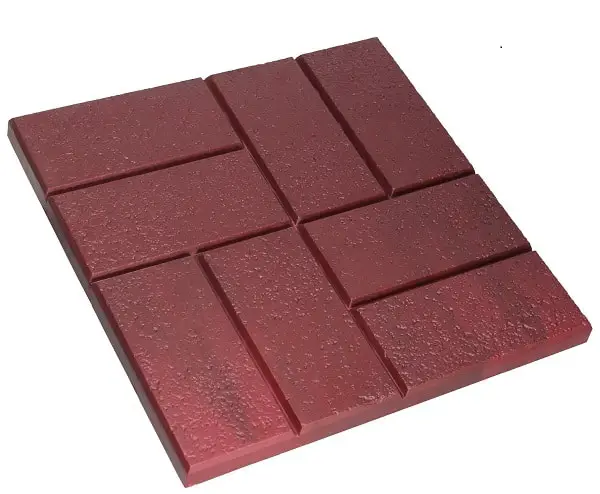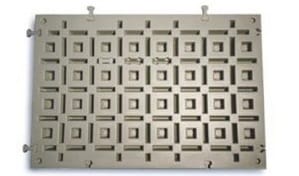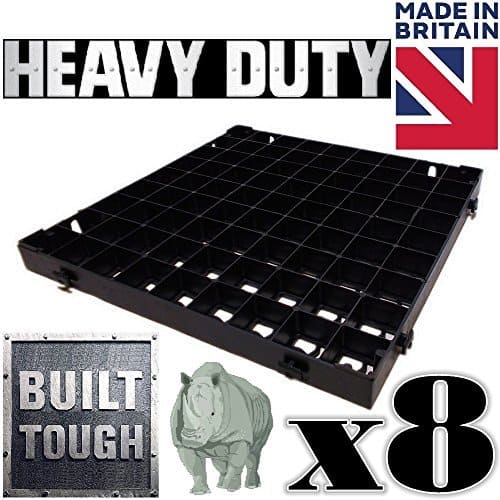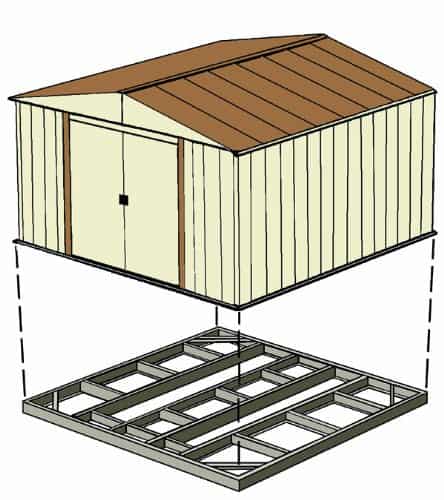The Best Plastic Shed Base for Your New Shed
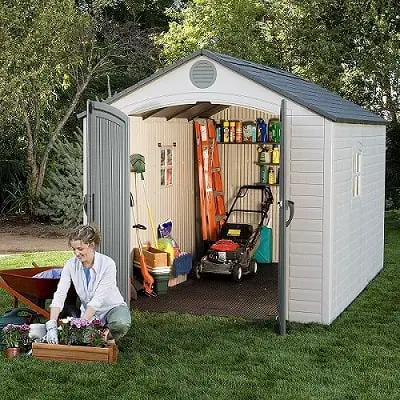
There are 3 decisions to make about shed alarms and keeping intruders out of your shed
Quick Navigation
MAKING THE DECISION to add a shed to your garden comes with a host of questions that must be answered before you get started.
One of the more common questions concerns to be whether you need a base for your shed.
While you could simply drop your shed on the ground, this may not be your best option.
From a simple plastic shed base to a concrete slab, your shed is going to last longer if it is not left sitting flat on the ground.
The Advantages of a Shed Base
So let's start by thinking about building your brand new shed directly on the ground. Even if you take the time to remove the grass and flatten the dirt, over time the soil will erode and shift.
When this happens, your shed floor is no longer going to be sitting on a flat surface. This can cause the floor to warp or have hollow spots under it that won't be able to support any weight, causing damage to the floor.
If you have a wood or metal shed, the damp from the ground will slowly seep into the wood or onto the metal. This leads to rot and rust that will in time destroy your shed. The more it rains or snows, the more unstable the soil is likely to become, leaving your shed unsafe and insecure.
If your shed does not have a built-in floor, this becomes even more of a problem. These sheds require some form of concrete, wood, or plastic shed base that they can be anchored to.
A Firm Foundation
The right shed base will provide your shed with a firm foundation, much like that under your house, that will help it remain properly leveled.
This means you should never have to worry about your shed becoming out of square, which can have an adverse effect on how well the doors and windows work.
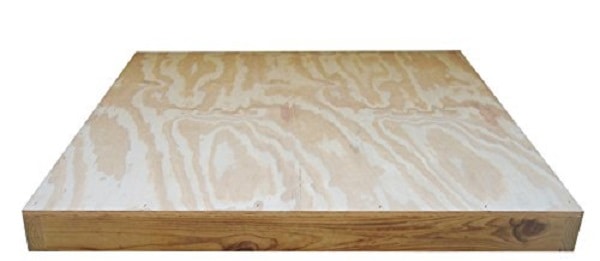
Little cottage company floor DIY
On top of this, a good concrete, wood, or plastic shed base will help keep your shed up and away from the ground and from the risk of water puddling around the bottom of the walls.
Let's Talk More about Plastic Sheds
Whether you are building a plastic shed from panels, a metal shed, or a wood one, it needs to be sitting on some form of level surface if you want all the panels to fit correctly. If the surface is not level, the panels may not line up leaving gaps that are only going to let rain and snow into your shed.
This is especially true for plastic sheds as many of the kits are designed with panels that simply snap together. If the foundation is not perfectly flat, the panels may be pulled apart or warp out of shape.
While a wood or metal shed is likely to have walls that are heavily reinforced and as such not likely to warp, this is not the case with most plastic sheds. The typical plastic shed features single or double layer walls made of flexible polyethylene resin.
Some feature steel rods or frames for extra strength, but these panels are not made to take on the stress of sitting on uneven ground.
The same holds true for the roof panels, they are designed to fit properly and remain watertight only when the entire shed is sitting as close to perfectly level as possible. The only way to actually achieve this is by putting your shed on a good solid foundation such as a plastic shed base.
One thing to keep in mind is that even if your base is slightly off kilter, you can always use thin strips of wood between it and your shed walls to adjust things for a perfect fit.
My Plastic Shed has a Floor
When you were looking at the many different brands and styles of plastic shed, you probably found that most of them come with some form of plastic floor. However, this is not always the case, so be sure the shed you finally decide on has a floor.
At the same time, it is very important for you to understand that the plastic floor that comes with your shed is not a base or foundation. It is only a floor and as such is only as good as the surface it is sitting on.
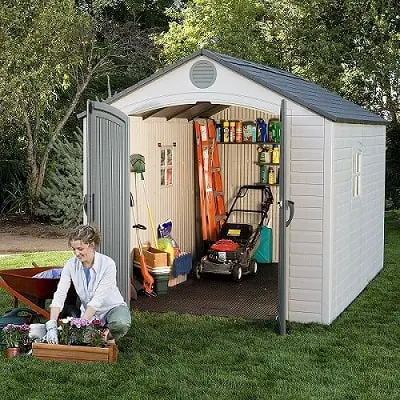
Lifetime 6402 with Plastic Shed Floor
If you don’t use some form of foundation such as a plastic shed base, your floor is not going to remain sitting flat on a supportive surface for very long. As the soil underneath, it erodes voids will form eliminating any support for the floor.
The floor may crack and break through in these areas or it may shift completely, leaving you with doors and windows that don't work.
The problem with most plastic floors is that they are hollow with minimal reinforcement in what the manufacturer deems to be "vital" spots. Even with this type of construction, the average plastic floor is not strong enough to last without a good solid foundation underneath it.
Five Different Types of Shed Base
1. Gravel
A number of people start out placing their first shed on a gravel surface, thinking that this is going to provide them with a long-lasting firm base for it.
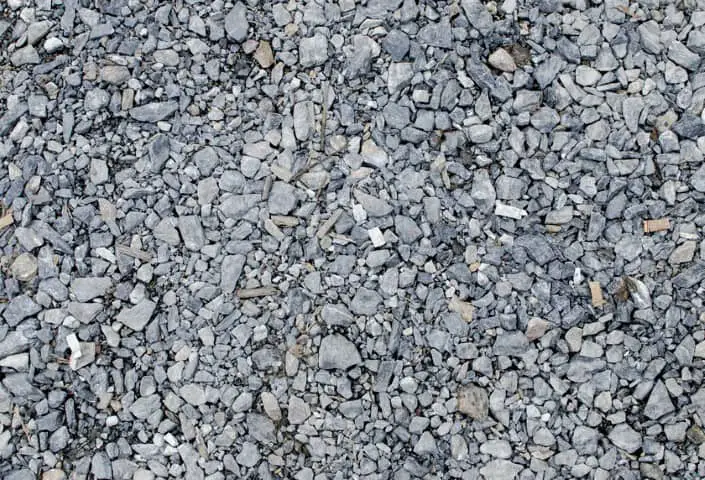
There are several problems with this, starting with the fact that gravel is not a permanent firm surface. Over a relatively short period of time, the gravel will sink into the ground causing your shed to slowly become unstable and out of square.
Gravel is also porous and can allow water to seep in. When this happens, the water can freeze causing an ice buildup that can and almost certainly will destroy your plastic shed floor.
2. Pavers
Pavers are a step up from gravel alone, and are a good value way to provide a solid base for your shed. Pavers do have to be placed on a perfectly flat and level surface in order for them to be effective.
In many instances the installation process starts with level ground, followed by a gravel pad that is leveled, and then the pavers are installed. This forms a very solid foundation for your shed to sit on, but going through all three steps can prove to be somewhat costly.
3. Wood Base (Piers)
This type of shed base typically involves a number concrete molds into which you set 4 x 4 wood piers onto which the wood frame of the base is mounted. This type of base is designed to keep your shed up off the ground.
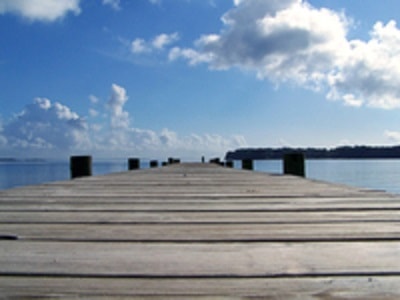
While this type of shed base framing can definitely create a very solid foundation for your shed. Wood, however, even pressure treated, is subject to rot and pest infestations including mice, rats, ants, and termites. Something well worth thinking about depending on where you live.
4. Concrete
Concrete makes an excellent material for use a base for your shed, however, you will probably need to call in a professional to pour and form it.
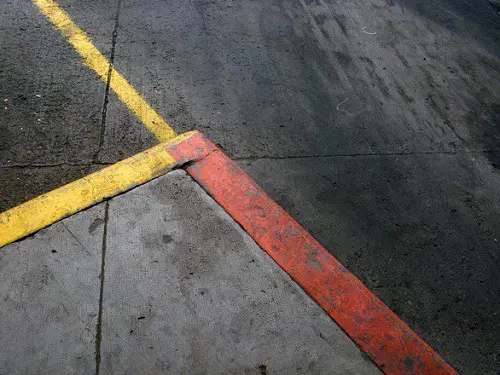
When properly poured, concrete will provide you with a perfectly flat surface to anchor your shed to. In fact, you can have bolts installed into the concrete as it is being poured that you can use to anchor your shed.
The most important thing to remember is that the slab must be perfectly level and flat for you to get the best results.
5. Now for the Plastic Shed Base
When it comes to choosing a base for my latest plastic shed, I knew I needed something that was going to provide a solid strong foundation, be resistant to most forms or rot or bug infestations.
I also wanted a base that was relatively easy to put together, affordable, and environmentally friendly. Enter the plastic shed base, my personal choice.
With a little research, you will see that there are several different brands and styles to choose from. Some such as the "Ecobase" brand use thinner plastics that range from 3 to 6 millimeters in thickness, others as "HawklLok or Forest Plastic Base" are much sturdier.
These use thicker plastics and are built from multiple plastic pads that are designed to physically lock together. When assembled, these bases form a completed pad that is almost as strong as a poured concrete pad.
The Benefits of Plastic Shed Bases
There are many benefits associated with plastic shed bases, starting with the simple fact they are not very heavy. These bases are great for anyone who doesn't want to risk messing up their back.
Not only are they less stressful to work with, but you can get the whole family involved in building them and make a fun family day out of the project.
Among the other benefits of plastic shed bases are:
- Since your shed will be sitting directly on top of the plastic grid, this will make it much harder for pests such as rodents to get into your shed. That is unless they gnaw a hole in the floor.
- If you are using a plastic shed base that forms a grid, the gravel that you place in between the grids will help to keep rainwater from splashing onto the bottom of your shed. This is very important if you have a wood shed as all the water will only serve to accelerate rot.
- The gridwork forms a very solid foundation, especially when packed with gravel for any type of shed, including those with plastic floors.
- The pad style plastic shed base, when laid on a solid level surface can produce a base that is almost as strong and supportive as a poured concrete.
- Most plastic shed bases are made from recycled plastics that can be fully recycled once you are finished with it. These plastics are very eco-friendly and made to last for many years without rotting.
- The plastic resins are designed to be resistant to the sun's UV rays, ensuring they do not become brittle as many other plastics are likely to.
- Plastics do not hold moisture in like concrete or wood will, thus they will not sweat leading to rot or rust if you have a metal or wood shed.
These are only a few of the benefits of plastic shed bases. For me, I based my decision on all the above and the fact I had a short timetable to work with.
The fact that most plastic shed bases are relatively simple and quick to assemble is perhaps one of the most important benefits.
Here is the Plastic Shed Base I Picked
8 x CrazyGadget GRASS GRID
A British Made Superior Quality Plastic Shed Base
This eight-piece plastic shed base kit can be used to create a base large enough for a 6 x 6 shed. Each square measures approximately 18 x 18 inches.
Each piece is designed to interlock to form a much stronger final assembly. If your shed is larger than eight pieces, you can always do what I did and buy more than one kit.
Once you have the final assembly put together, you should fill the grid in with pea gravel to form a sturdy base for any type of shed, wood, metal, or plastic. The heavy-duty plastic used to craft the gridwork is UV resistant and made to last for years.
One more great thing about these grids is that they are strong enough to handle the weight of your car, truck, or SUV and can be used to help hold the gravel of your driveway in place if you have any left over.
Pros | Cons |
|---|---|
Inexpensive | Needs gravel for maximum stability |
Lightweight | Built to metric sizes may not be an exact match for standard size sheds |
Easy to assemble | No built-in anchor spots for your shed |
Other Options Worth Considering
If you are still not sure whether or not one of the various plastic shed bases are the right choice for you, perhaps you might want to consider contacting your shed's manufacturer.
Many of them offer their own shed base kits. These shed base kits should come with everything you are likely to need to build the base and then secure your shed in place.
A perfect example of this are the shed base kits made by Arrow Sheds for their sheds. These kits contain all of the HDG steel frame pieces needed to build the base along with the required hardware.
These kits are self-squaring by design for the ultimate in easy assembly. You and add a flooring material of your choice to them or simply bolt the shed directly on the frame.
While they are made for Arrow brand sheds, there is no reason why you couldn't adapt them to fit your particular brand of shed.
In Conclusion
If you are going to invest the money and time in building a shed for your garden, plastic or otherwise, you owe it to yourself to invest in a good solid foundation for it.
Given the relatively low cost of plastic shed floors, there simply is no excuse for not putting your shed on a good solid foundation. The plastic shed base above is the best one I could find and as I have found out, more than up to the task of supporting your shed and everything you plan to put in it and best of all its simple to assemble.
The grid style system is exceptionally strong when filled with gravel or cement and you can use "U" bolts to secure your plastic shed in place. If you live in an area of high wind, you can use anchors to hold the base to the ground for added security. Mine has been in place for several years now and has not budged an inch.
I hope you have enjoyed reading this and the information I have put together for you will help you find the perfect shed base, plastic or otherwise.
If you liked what I have put together for you here, please let me know.
Let everyone know you enjoyed reading this on Facebook, Twitter, and Pinterest.
Thank you for reading this.
Related Articles:


